Fall is here, and kids all over the Midwest know what that means: It’s time to jump in big piles of leaves! But that might not be such a good idea for kiddos who suffer from environmental allergies.
Let’s Talk Treatment: Medication
When I see kids with allergy symptoms, I typically suggest starting treatment with an over-the-counter antihistamine. These can help decrease itching, sneezing, and runny noses. Examples include cetirizine (Zyrtec®), loratadine (Claritin®), or fexofenadine (Allegra®). It’s important to note that your child may not see relief immediately after starting one of these — it’s best to take them daily so they build up in your system.
I also often recommend a nasal steroid to help decrease swelling in the nose (for kids 4 and up) and/or eye drops if the child is over age 3. The nasal steroids are often more helpful than the oral antihistamines.
A saline rinse of the nose can be really helpful as well. These wash the allergens out of the nose and can help with congestion. If a child is still not getting much relief after all that, then I typically talk to the parents about seeing an allergist.
A couple of notes about medications:
- A lot of antihistamines — even ones marked non-sedating — can cause drowsiness. It’s best to have your child take them at night to avoid any sleepy side effects. They’ll also be at their height of effectiveness in the early morning, when allergens are most prolific.
- Dosing of allergy medications changes as kids grow. There’s a big difference in how we treat younger kids and kids who are 6 or older. Check with your pediatrician to make sure you’re not under- or over-medicating your kids.
Other Ways to Ease Your Child’s Symptoms
Here are several non-medical steps you can take to help your child manage their allergy symptoms:
- Know what environmental factor sets off your child’s allergies. Start giving your kids their allergy medicine when those allergens are starting to rise. (Hint: Download a pollen count app for your phone to gauge which days will be more tough on your child).
- Keep your furnace clean. Change the filters in your furnace before turning it on for the first time in the fall.
- Close your windows at night. This will help reduce the mold and pollen coming into house. On days with high counts, it might be best to keep the windows closed all day if you can. Plants pollinate in the early morning so keep that in mind at breakfast time.
- Wash and protect bedding. Use dust mite covers on your child’s mattresses and pillows. Frequent washing of sheets in hot water (at least once a week) can help too.
- Remove carpet when possible. Carpet is a big dust collector. Eliminate carpet in the house where you can, and use a vacuum with HEPA filtration.
- Reduce humidity. Where there is moisture in the home, there is often mold. Reduce the humidity in your home, use a dehumidifier, and repair any water damage.
- Be prepared. Tuck some tissues in your child’s backpack so he doesn’t have to go up to the teacher’s desk throughout the day. (Use tissues with lotion to be gentle on tender noses!)
- Try a cold compress. This can help relieve itchy, watery, red eyes.
- Drink plenty of water. If post-nasal drip is causing a sore throat, encourage your child to drink lots of fluids.
- Stay clean. Showering or bathing can provide some relief as this will wash the pollen off.
While jumping in leaf piles may be fun at this time of year, know what it might mean for your child with allergies. Decide if it’s worth the fun to deal with the allergy symptoms later. And if it is, enjoy your time outdoors — and then get the bathtub ready when it’s time to come inside!
If you have questions, or would like to request an appointment with our team, please contact our Allergy and Immunology Department.
Editor’s Note: This is the second of a two-part series on fall allergies. In Part I on allergy basics, Dr. DeBlasio talked about the most common allergens at this time of year and when to call the doctor.

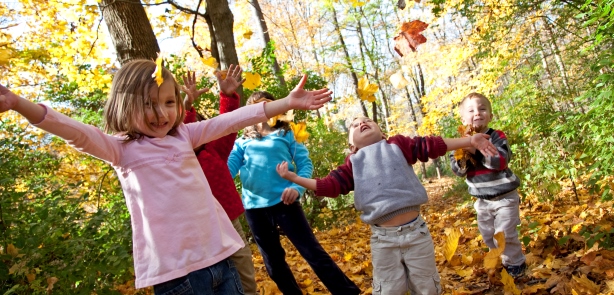
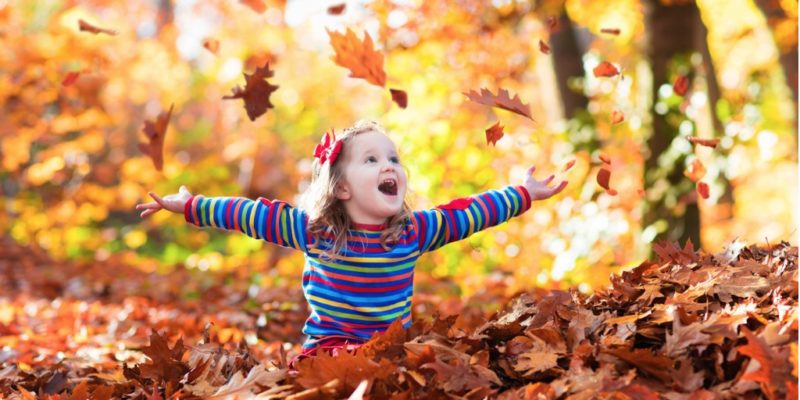
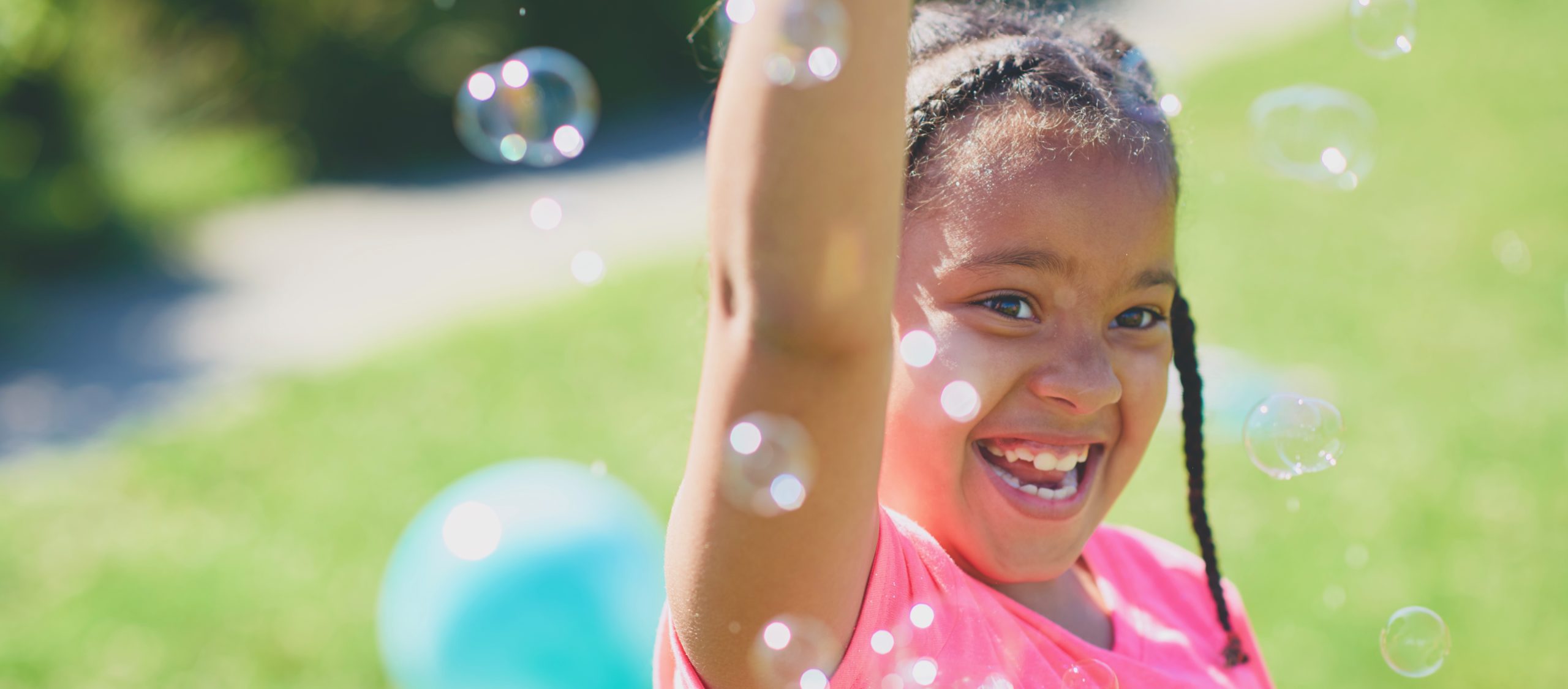
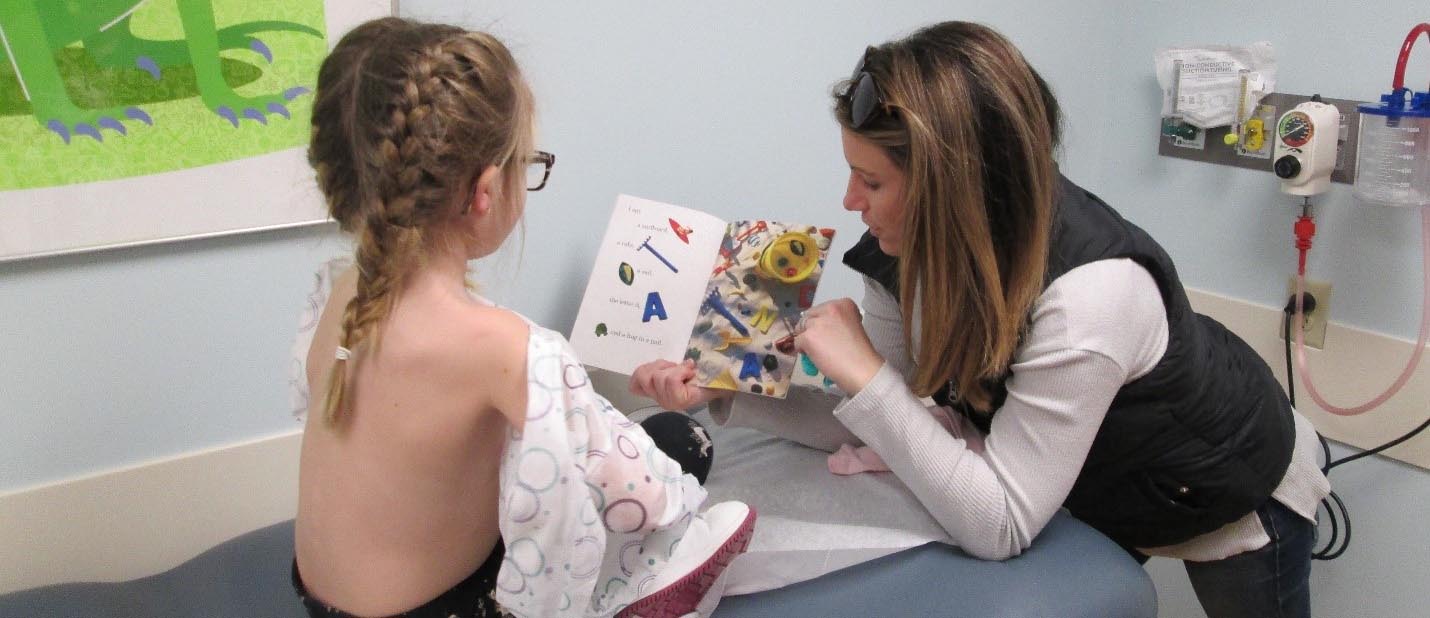
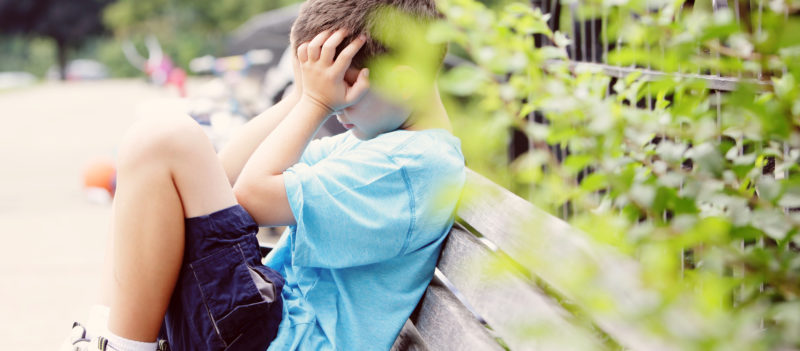
[…] Change the filters in your furnace before turning it on for the first time in the fall https://blog.cincinnatichildrens.org/healthy-living/fall-allergies-part-ii-how-to-help-your-child/ […]